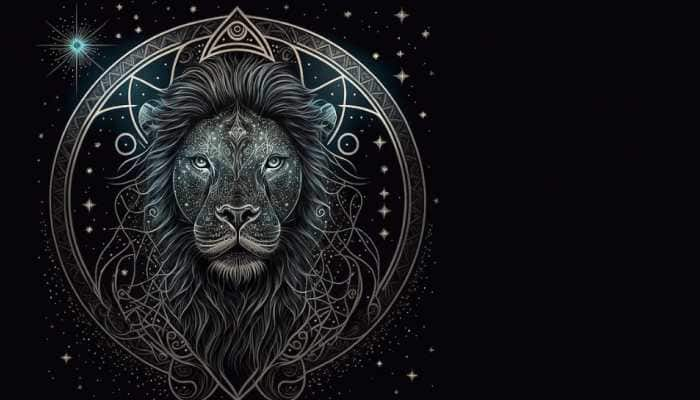PM Modi’s warning at G20 Summit, Russia sanctions and global price rise: A look at India’s fertiliser dashboard
Russia is the world’s largest exporter of fertilisers, and its shortage has pushed up prices globally.
Trending Photos
)
New Delhi: Speaking at a session on food and energy security at the G20 Summit in Bali, Prime Minister Narendra Modi on Tuesday (November 15, 2022) warned that a fertiliser shortage today is a food crisis for tomorrow. With this, he practically addressed the elephant in the room, as the Russia-Ukraine war and subsequent sanctions on Moscow have not only led to a major energy crisis, but also a global fertiliser shortage that no world leader wants to acknowledge publicly.
Russia is the world’s largest exporter of fertilisers, and its shortage has pushed up prices globally. The ripple effects have been felt in India too, where sporadic farmers’ protests have broken out in Madhya Pradesh, Haryana and other states. This is despite fertilisers being heavily subsidised in the country.
Being a predominantly agrarian economy, India is the world’s second-largest consumer of fertilisers. It is also the third largest manufacturer as well as the third largest importer of the same. Fertiliser production in India has grown from 22.23 MMT (million metric tonne) per annum in 1990-91 to 43.66 MMT in 2021-22.
At 24.6 MMT, urea is the largest produced fertiliser, followed by diammonium phosphate (DAP) at 3.77 MMT. India also produces 9.32 MMT of complex fertilisers that include ammonium nitrate, ammonium phosphate, nitro-phosphate-potash and muriate of potash (MOP). But India’s limited domestic natural gas availability can only meet part of the demand for fertiliser manufacturing, leaving the rest to be imported.
According to the ministry of commerce and industry, the import of natural gas and ammonia in 2021-22 saw a sharp rise. Natural gas worth Rs 58,328.94 crore and ammonia worth Rs 11,776.40 crore were imported, part of which is being utilised in fertiliser manufacturing. The demand for ammonia in the same year included domestic production of 15.7 MMT, apart from direct import of 2.3 MMT and indirect import of 9.3 MMT. Some 9.83 MMT of urea and 4.88 MMT of DAP were also imported.
On the contrary, India exports very little fertiliser to the world. Exports, however, have been rising over the years, as manufacturing is seeing a spike. The export of nitrogen fertilisers increased from 20,780 metric tonnes in FY 2011 to 84,070 metric tonnes in FY 2021. The export of phosphate fertilisers rose from 5,570 metric tonnes to 49,320 metric tonnes, and potash from 10,820 metric tonnes to 29,120 metric tonnes in the same period.
Fertiliser prices have risen nearly 30 per cent since the beginning of 2022, driven by surging input costs, supply disruptions due to sanctions on Russia and Belarus, export restrictions in China and some other factors.
International urea prices have almost doubled from $372 per tonne in May 2021 to $722 per tonne in May 2022. Urea production is based on natural gas, prices of which are closely related to international oil prices. Sulphur prices have spiked by a whopping 140 per cent from $216 per tonne in May 2021 to $516 per tonne in May 2022, while DAP prices have soared by 65 per cent from $565 per tonne to $936 per tonne in the same period.
Live Tv







)
)
)
)
)
)
)
)
)
)
